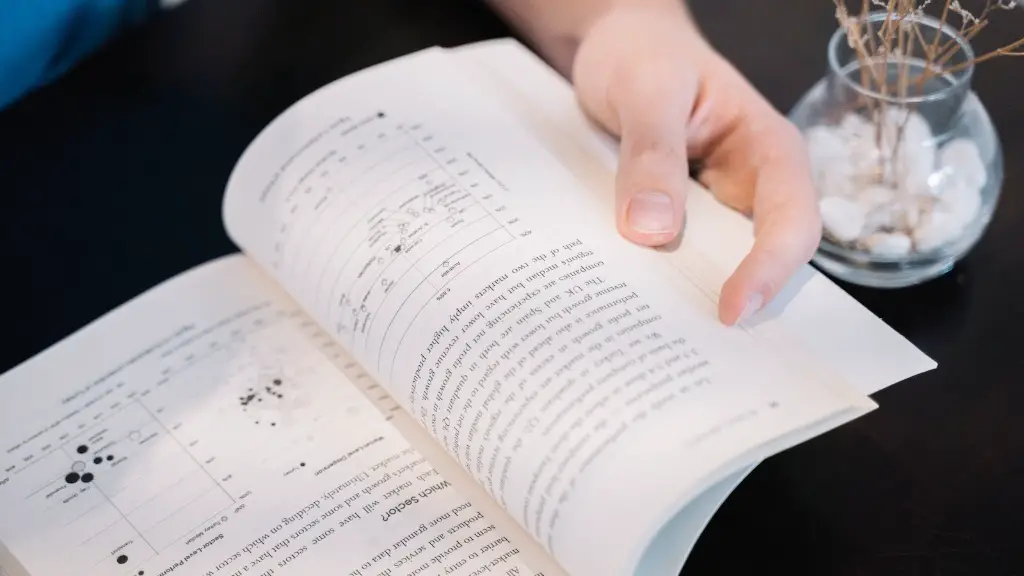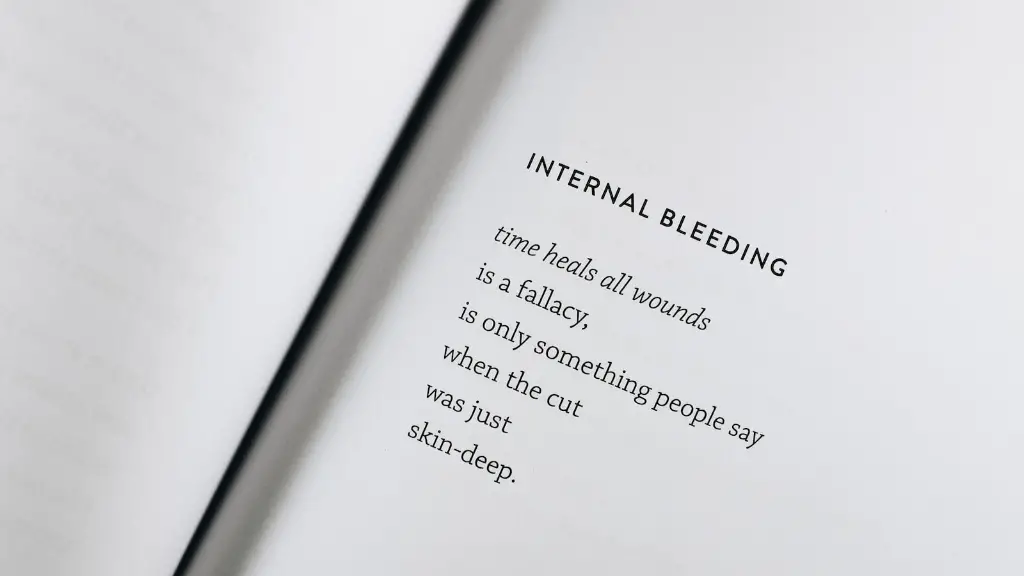What is Oxymoron in Poetry?
Oxymoron is a figure of speech in which contradictory terms are placed together to create a balanced effect. It involves the combination of two words with opposite meanings, such as ” bless curses” or “cold-fire”. Generally, oxymorons are used to make a point about the power of language and its inherent paradoxes. In poetry, oxymorons are regularly utilized to add tension and complexity to a piece, or to comment on or evoke a mood or emotion with the juxtaposition of words.
Oxymornon is a form of verbal irony, because the words contradict each other. Authors use oxymorons to produce vivid images, to convey complex emotions, to illustrate paradoxical truths, to magnify differences, and to create a sense of surprise. Oxymoron can also be used to challenge the audience in the interpretation of literature.
In poetry, oxymoron often serves as a means of conveying complicated themes and imagery. It allows the poet to illustrate how two opposing elements, such as “bad luck” or “false truth”, can exist side-by-side. It can also be utilized to emphasize the idea that two seemingly contradictory terms in fact possess something in common.
Additionally, they can be used to engage the reader by forcing them to interpret and draw connections between the two words. So, with an oxymoron, the poet can explore complicated idea or abstract emotions through the juxtaposition of contrasting images. This allows the audience to interpret the words in any way they’d like, making oxymoron useful as a tool to encourage creative thinking.
One of the most famous literary examples of oxymoron is found in William Shakespeare’s play Romeo and Juliet, when Romeo states “O heavy lightness! Serious vanity!” Here, the oxymoron serves to illustrate Romeo’s conflicting emotions about his love for Juliet.
The Role of Oxymorons in Modern Poetry
In the modern context, oxymorons are often used to emphasize duality and to convey the fluidity of emotion. Prufrock by T.S Eliot is an excellent example of this, as the poem explores the narrator’s inner turmoil as he struggles to make sense of his life. For instance, in the line “To have bitten off the matter with a smile”, the oxymoron invites the reader to consider the narrator’s contradictory feelings regarding the situation he’s in.
Another prominent example of oxymoron in modern literature is W.H. Auden’s “Stop All The Clocks.” The poem explores the idea of timelessness, and provides vivid imagery through the use of oxymoron. By setting the watch “five minutes slow”, Auden uses the oxymoron to communicate the idea of time being at once suspended yet still present.
Oxymoron as an Insight Tool
Due to its use of contradictions and duality, oxymoron can also be used to express depths of emotion and impart wisdom. Emily Dickinson’s poem “Tell All The Truth but Tell It Slant” is a prime example of this. The poem coaches the reader on how to effectively communicate difficult truths. The conflicting juxtapositions of words such as “easy hard” and “conceal reveal” serves as a reminder that the truth is often both multifaceted and nuanced.
Oxymoron as a Literary Device
In addition to its philosophical and personal applications, oxymoron is also used to sharpen the wit of the audience. Authors such as P. G Wodehouse and Oscar Wilde often employed oxymorons to create humorous effect. By combining two contrary terms in an unexpected way, the comedic point was often highlighted. For instance, Wilde’s line “to have a heart of stone embedded in her flesh” combines elements of both tragedy and farce, to amuse and engage the listener.
Oxymoron as a Tool of Separation
Oxymoron can often be used to distinct individual ideas and separate them from the focus of the work. For instance, in Robert Frost’s “The Road Not Taken”, the oxymoron “two roads diverged in a wood” serves to emphasize the choice the narrator is making. The oxymoron provides the reader with insight into the narrator’s conscious decision and emphasizes the consequences of paths taken.
Oxymoron as a Means of Indecision
Oxymoron can also be viewed as tool for expressing indecision. In T.S Eliot’s “The Love Song of J. Alfred Prufrock”, the oxymoron “Do I dare disturb the universe?” reflects Prufrock fear and anxiety surrounding the unknown. By placing different elements side-by-side, Eliot allows readers to feel the character’s inner conflict and consider the difficulties of taking risks.
The Use of Oxymoron in Satire
Oxymoron is an effective tool for conveying the irony of satire and prompting readers to consider different perspectives. In “A Modest Proposal”, Jonathan Swift’s classic satire of the English in Ireland, the oxymoron “tenderly cruel” serves to illustrate the relationship between the colonizer and the colonized.
Likewise, in Alfred, Lord Tennyson’s poem “The Lady of Shalott”, the oxymoron “happy darkness” is used to satirical effect. Through this oxymoron, readers are encouraged to consider the impossibility of being genuinely happy while in a literal “darkness”.
The Significance of Oxymoron in Poetry
Overall, oxymoron is an important literary device that helps poets to illustrate the complexities of ideas, emotion and duality. With an oxymoron, poets can create a vivid imagery that encourages readers to draw intricate layers of meaning from the text. By using oxymoron to combine two contrasting terms, poets can express the blurred lines between emotion, morality, truth and lies.
Furthermore, oxymoron often encourages readers to think in new and creative ways, by expanding their understanding of language and challenging them to interpret literature. As such, the correct use of oxymoron can profoundly enrich a poem and capture the nuances of both the language and the emotion behind it.


